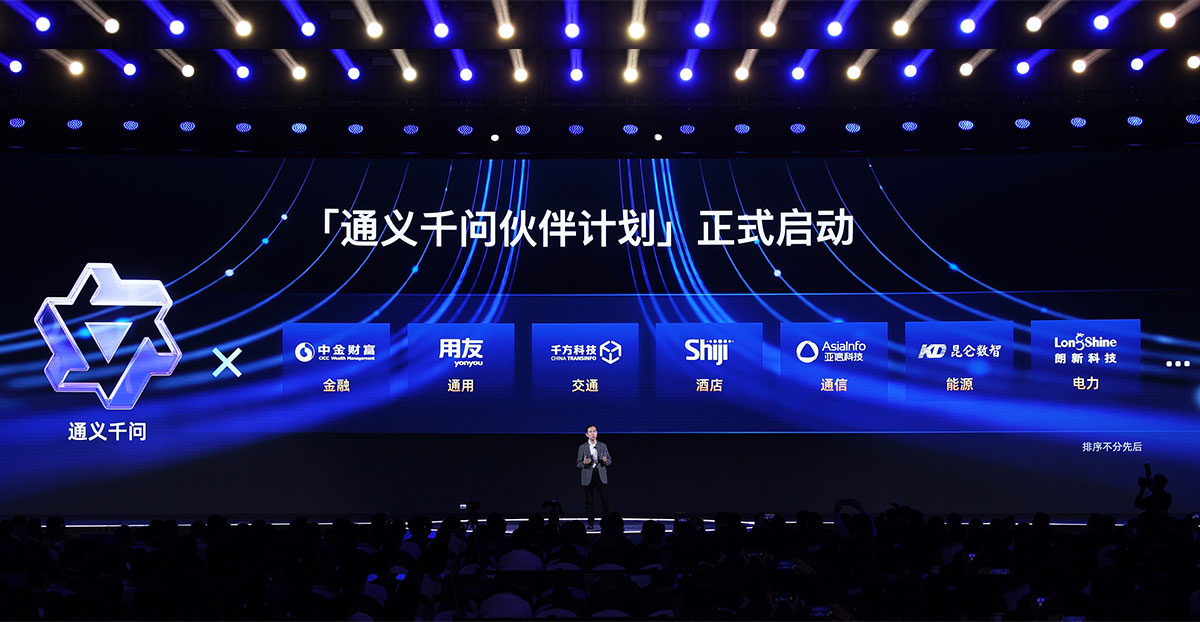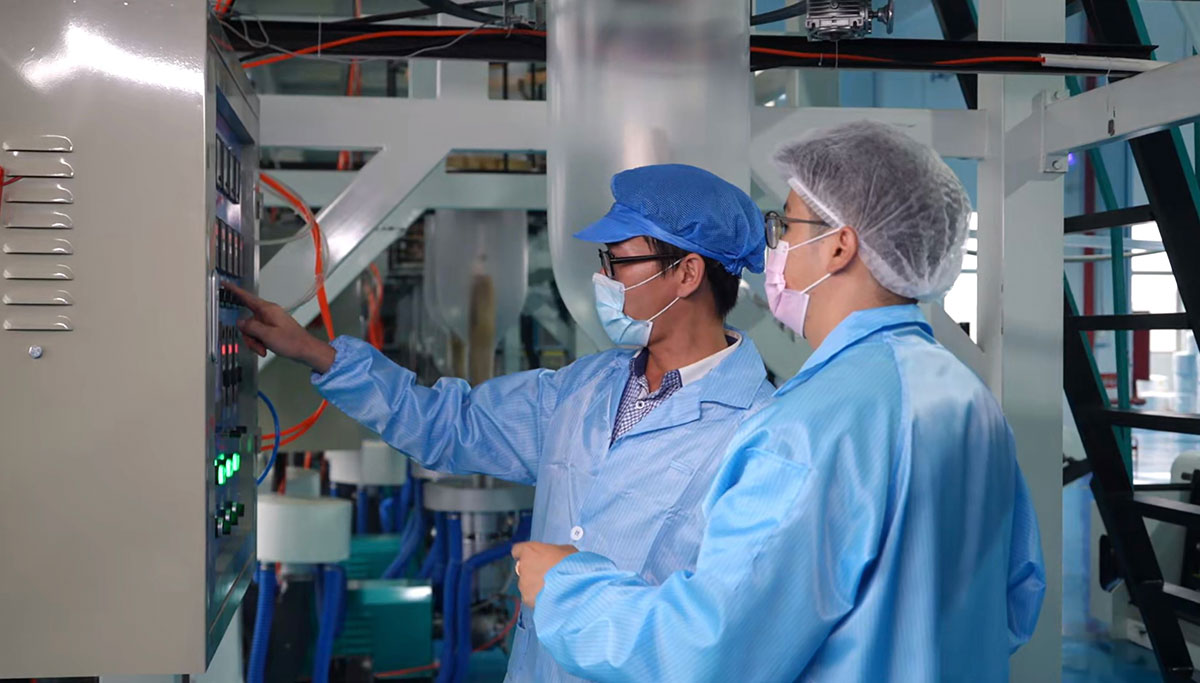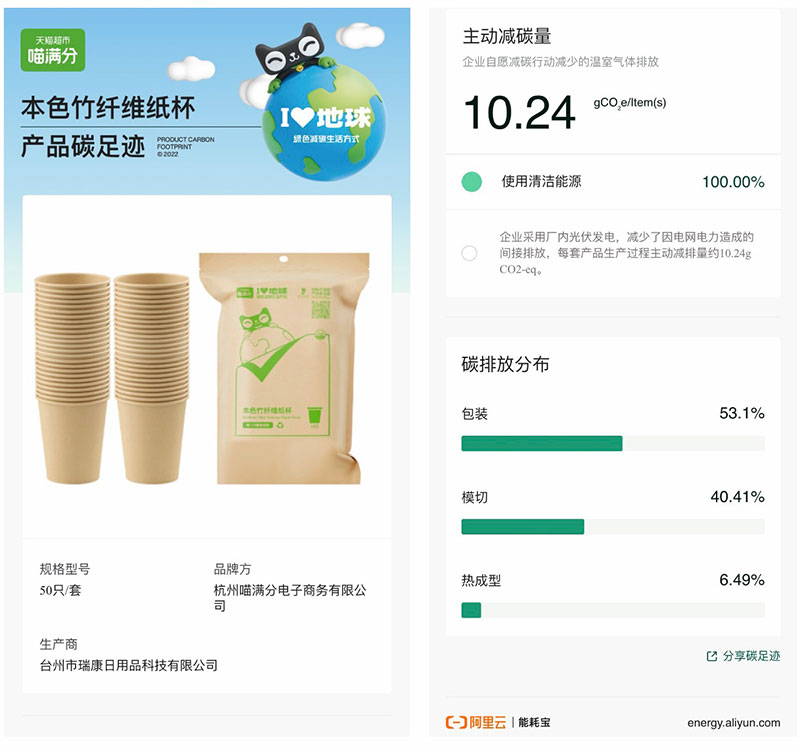Alibaba Cloud Announces Tongyi Qianwen Partnership Program
Alibaba Cloud, the digital technology and intelligence backbone of Alibaba Group, announces the launch of “Tongyi Qianwen Partnership Program”, which aims to co-create large language models tailored for different industries with partners. The first batch of industrial models in the program will cover sectors including petrochemicals, electricity, transportation, hospitality, enterprise services, telecommunications and finance.
Earlier last month, Alibaba Cloud unveiled Tongyi Qianwen, its latest large language model, and committed to making the new AI model accessible to the company’s customers and developers to create customised AI features in a cost-effective way. Since the model was announced on April 11, over 200,000 beta testing requests were received from enterprises from a broad range of sectors, including fintech, electronics, transport, fashion and dairy.
“To cater for the skyrocketing demand for Tongyi Qianwen from different sectors that are keen to accelerate their intelligence transformation process, we are fully committed to working closely with our partners to develop customised, specialised AI models,” said Daniel Zhang, Chairman and CEO of Alibaba Group and CEO of Alibaba Cloud Intelligence. “Together with our industrial partners, we can deliver more tangible value to enterprise customers to suit their specific business needs.”
Through the partnership program, Alibaba Cloud will provide underlying technology support, cloud computing, AI and machine learning products and services to participating partners. They can fine-tune Tongyi Qianwen and retrain the model with their proprietary intelligence and industrial know-how in a secure and designated cloud environment. The co-building models will be available through websites and APIs for enterprise customers and developers to create various applications, such as intelligent customer services, shopping guides, domain-specific virtual consultants and design assistants.
The initial partners enrolled in the program include Kunlun Digital Technology (petrochemicals), LongShine Technology (electricity), China Transinfo Technology (transportation), Shiji Group (hospitality), Yonyou Network Technology (enterprise services), AsiaInfo Technologies (telecommunications services) and CICC Wealth Management (finance).
Alibaba Cloud also plans to integrate Tongyi Qianwen into all business applications across its ecosystem in the near future to further enhance the user experience. As one of the latest incorporations, Tongyi Qianwen is currently being integrated into Alibaba’s operating system for cars, AliOS, for internal tests. IM Motors, a premium electric vehicle venture backed by Alibaba Group and SAIC Motor, is signed up to be the first auto brand to implement Tongyi Qianwen-powered AliOS in the coming future.
Last week, DingTalk, Alibaba’s digital collaboration workplace and application development platform, demonstrated various AI functions powered by the new model, including meeting notes and group chat summaries, as well as creating a mini application on DingTalk by photographing a draft idea written on paper.






